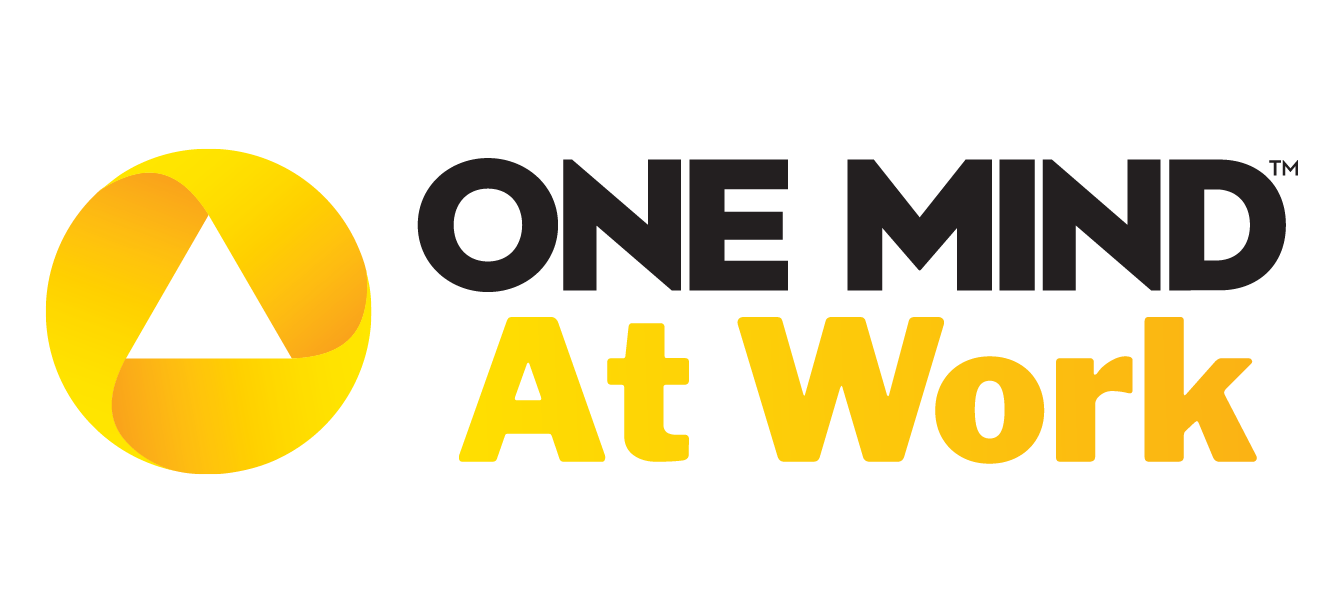Unlimited PTO: Is Unlimited Paid Time Off Good or Bad for Employee Well-being?
By David W. Ballard, PsyD, MBA, Vice President, One Mind at Work
Unlimited PTO isn’t inherently good or bad. The impact depends on how well it fits employees and the organization, as well as how effectively it’s implemented.

The Pros
Done well in the right circumstances, unlimited time off can give people more autonomy, control, and flexibility, so they can meet their obligations and be at their best in all aspects of their life – at work and at home. Unlimited PTO allows people freedom to take time off when they need to, so they can recharge or deal with other life demands. This can help reduce stress, increase job satisfaction, reduce work-life conflict, and improve performance.
Unlimited PTO is a desirable benefit. So offering it can help employers recruit and retain talent, reduce the administrative burden of tracking time off, and convey a message that they care about the well-being of people who work there.
Unfortunately, time off without limits doesn’t work in every situation and has to be managed well if it’s going to achieve the desired results.
The Cons
A number of organizations that were trendsetters in offering unlimited PTO later abandoned the benefit after finding that people actually took less time off than they had before. Ironically, offering more time off actually led to higher stress and a greater risk of burnout.
This may have been because the organization’s culture rewarded long hours, because people didn’t want to be seen as taking more time off than their teammates, or because having no cap on days off reduces the pressure to use the time before it expires at the end of the year. Certain compensations structures, such as billable hours and commissions, can also create barriers to taking time off, because more time away from work equals lower income.
While there’s certainly the potential for some people to abuse unlimited PTO, data suggest this isn’t a common occurrence. On average, people take about the same amount of time off whether PTO is unlimited or capped.
Some of the potential benefits of unlimited PTO are weakened because of other downsides. For example, employers who don’t track time off may have a harder time demonstrating compliance with legal and regulatory requirements, such as with FMLA. Similarly, employees who would benefit from being able to cash out unused PTO when retiring or leaving the organization don’t have the option to do so.
Finally, while unlimited PTO sounds great, most employees don’t use all the vacation days they currently have available and about half of U.S. workers say they feel guilty taking time off, so offering more doesn’t necessarily add any real value.
Getting the Most Out of Unlimited PTO
Having access to unlimited PTO isn’t the same as effectively using that time off. To get the best results, employers need to:
- Make sure time off and work demands are managed effectively. This may require imposing some limitations to time off during peak times or projects with critical deadlines, ensuring too many people aren’t off simultaneously, and cross-training people to cover critical tasks when other team members are out.
- Provide clear guidance about what is and isn’t allowed under the policy, along with information about how time off relates to job expectations and how performance will be evaluated.
- Address issues of fairness, so people have the opportunity to use the benefit and take time off in ways that meet their needs.
- Help leaders develop the skills they need to manage a team with unlimited PTO. This includes modeling effective and appropriate use of time off themselves, fostering trust, coordinating schedules, and addressing team dynamics that may conflict with the desired results.
- Ensure that supervisors are monitoring employees’ actual use of PTO and encouraging them to get the necessary recovery time to reduce stress, prevent burnout, and maintain high levels of performance.
While mandatory time off (requiring employees to take a minimum amount of PTO each year to recharge), may help reduce the risk of overwork, chronic stress, and burnout, employers should be careful not to impose requirements that are so rigid they conflict with people’s needs and preferences. Good intentions can go wrong if leaders impose their beliefs on others about what will work best and wind up unintentionally taking control away from employees and preventing them from being able to take time off in ways that work best for them. For example, some people need short periods of time off more frequently, while others get more benefit from longer breaks that occur less often. Similarly, employees may need to coordinate PTO to correspond with a partner’s schedule, school calendar, or other personal, family, or community obligations.
Want to build a workforce mental health strategy that actually works?

One Mind at Work can help you create a mental health strategy that is clear, measurable, and effective. We are experts in assessing workplace mental health programs and identifying solutions to improve the well-being of your employees and your bottom line. And it starts with the Mental Health at Work Index™.
Build, measure, and optimize your workforce mental health program with One Mind’s Mental Health at Work Index™, the first of its kind standardized assessment of workplace mental health practices. The Index was developed in partnership with Columbia University’s Mental Health + Work Design Lab and Ethisphere. The methodology is detailed in the peer-reviewed journal Frontiers in Public Health (April 2025).
The most expensive option related to the mental health and well-being of your workforce is to do nothing. Whether you’re a big or small organization, new to workforce mental health, or have a comprehensive program, we’re here to help you every step of the way. We’re a nonprofit, so we won’t sell you lots of services or add-ons. We want to help you get mental health right for your employees, because it’s not only the right thing to do, it’s a business imperative.
Learn more at mentalhealthindex.org or get in touch to speak with someone from our team today.

About One Mind at Work
One Mind is at the forefront of a transformative movement in mental health, delivering innovative solutions to address critical gaps in mental health research, care, workplace wellness, and public perception. Guided by science and lived experience, we fund ground-breaking research, accelerate innovation, enhance workplace wellness, and engage the public to reshape mental health care and awareness. With science as our cornerstone, and people at the heart of what we do, our programs are setting new standards for effective interventions and redefining the future of mental health.
As an arm of One Mind, One Mind at Work translates science into workplace best practices that drive measurable impact on workforce mental health and well-being, leading to better outcomes for individuals and organizations. With approximately 150 member and affiliate organizations across the globe, One Mind at Work partners with a diverse coalition of employers that recognize that a healthy workforce is at the heart of a high-performing organization.
